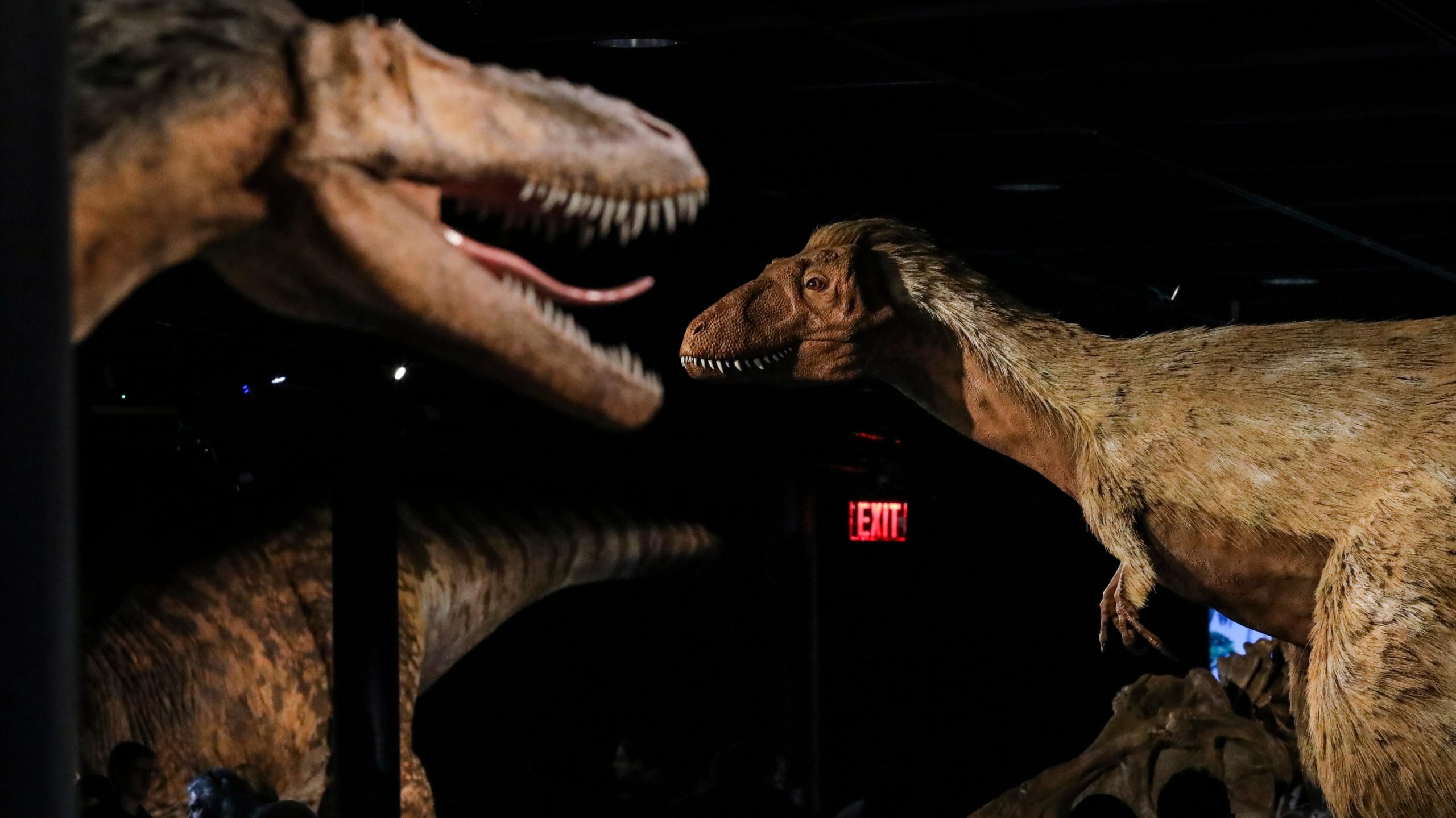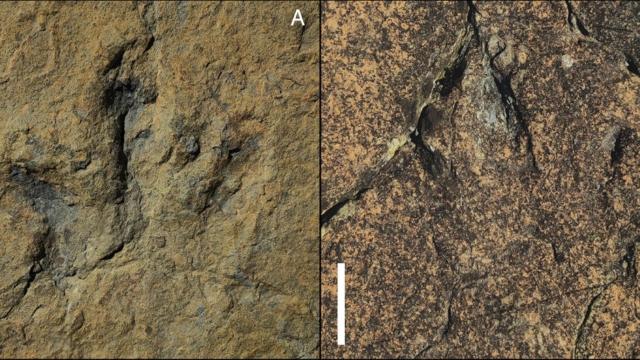Paleontologists in Spain have analysed two sets of fossilized dinosaur footprints and calculated the animals’ speeds at the times the prints were made. The team found the dinosaurs that made the prints could move at nearly 45 km per hour, a speed that equals that of the world’s fastest humans.
Of course, humans like Usain Bolt can only achieve such speeds briefly; the dinosaurs that produced the tracks would have sprinted longer distances. Theropods — generally carnivorous, bipedal dinosaurs like T. rex and velociraptor — would have needed to move quickly in order to catch their prey. The team’s research on the fossilized footprints was published in Scientific Reports.
Dinosaur biomechanics tells paleontologists a lot about the ecology of the ancient past and the evolution of species. “Behaviour is something very difficult to study in dinosaurs,” lead author Pablo Navarro-Lorbés, a paleontologist at the University of La Rioja, told the AP. “These kind of findings are very important, I think, for improving that kind of knowledge.”
In September, a different team found that bipedal dinosaurs like those that made the recently studied tracks likely used their tails to balance as they changed their momentum, a trait that some birds (modern dinosaurs) still exhibit today.

The tracks were found in northern Spain, at a site called La Rioja. They were preserved in two trackways, one comprising six footprints and the other comprising seven. All the footprints are three-toed and about a foot long.
The team calculated the animals’ speed by measuring the spacing between the footprints and estimating the animals’ hip height. (The researchers believe the track-makers were around 6 to 6.5 feet tall and 3.96 m to 16 feet nose to tail.) The average stride length of these trackways was 265 centimetres, or about 2.65 m. Usain Bolt’s average stride length is 247 centimetres, or about 2.47 m.
The team compared the recent trackways and the calculated speeds of the dinosaurs that made them to other known theropod trackways, to get an idea of what sort of animal may have made them. Though the paleontologists were not able to declare a specific species, they stated in the paper that the footprints indicated a “medium-sized, non-avian theropod.”
The track-makers in what is now Spain were among the fastest-yet-known dinosaurs. But they didn’t quite clinch top spot; that honour goes to a group of dinosaurs that left prints in what is now Utah. Those animals were travelling at over 48 km per hour when they left the prints.
